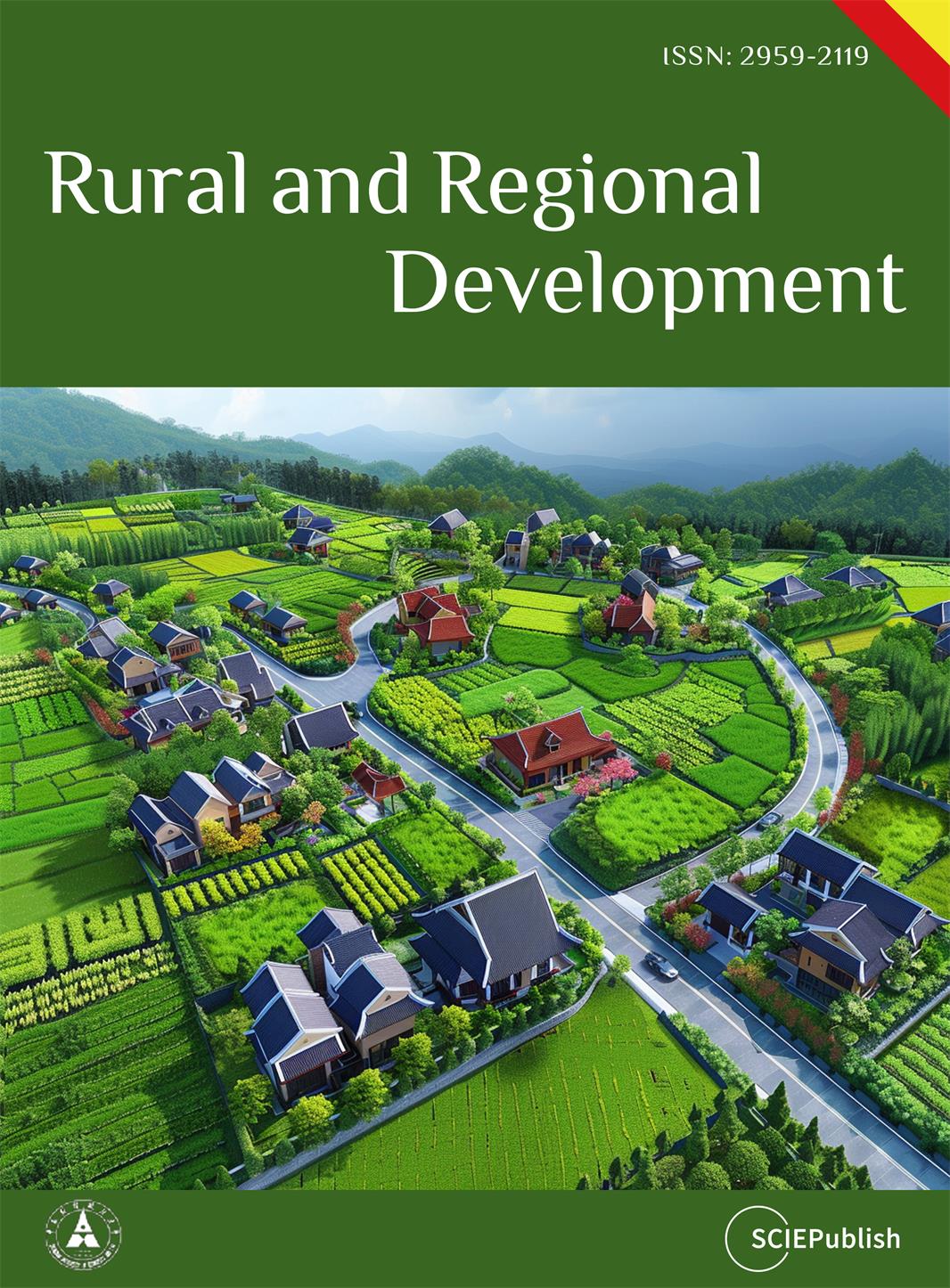Found 56 results
Article
20 January 2025Visible Monuments above and below Ground Level, a Time-Honored Site from the Late Bronze Age to Modern Times
Due to the complex geometry of the monuments, it is often necessary to adapt the image collection process for their mapping. For the optimal mapping of the stronghold of Lazaritsa Chorygi (Greece) and its slopes, vertical, inclined, and horizontal images from different heights were collected using an Unmanned Aircraft System. Thus, for a monument of special archaeological/historical interest and natural beauty, a large set of high-spatial resolution data and final products (digital surface model and orthophotomosaic with spatial resolution 5.6 cm and 2.8 cm, respectively) is available. In addition, in the wider area of the fortified site, military structures (fire trenches, communication trenches, shelters, front and support trenches, and strong points) of the Great War length of 9 km were identified and mapped, which were identified in the 2003 or 2004 Google Earth Pro images, but worryingly are almost absent from the contemporary Google Earth Pro images.

Article
24 December 2024Hydrodynamic Performance of a Hybrid Floating Power Dock Combining Multi-Cantilever Type Buoys
This paper proposes a novel three-dimensional oscillating pendulum wave energy converter (WEC) that integrates an oscillating float dock station. The device captures wave energy by utilizing both the pitch and roll motions of its primary float and the pendular motion of a buoy. A time-domain analysis method is used to numerically evaluate the hydrodynamic behavior and energy conversion efficiency of the WEC. In ANSYS AQWA, a multi-cantilever WEC model is employed to address the fluid-solid coupling, calculating the device’s motion response and capturing the width ratio under various environmental conditions. Additionally, by modifying key geometric parameters including float radius, length, and cantilever angle, the study examines the rotation at the articulation point and the capture width ratio variation for different device configurations. Results indicate that the device achieves a maximum capture width ratio at a float radius of approximately 120 mm under T = 1.4 s, and a 130 mm for wave periods of 1.5 s and 1.6 s. The highest average capture width ratio is reached at a power take-off (PTO) damping coefficient of 400 N·s/m. The study further investigates the effect of cantilever angle and float length, aiding in the optimization of these geometric parameters.
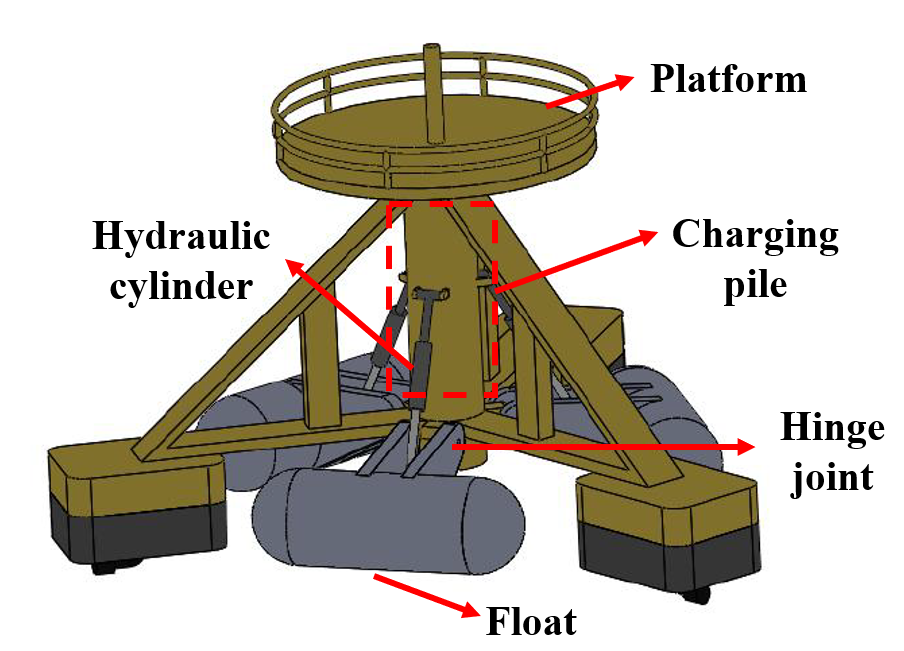
Review
24 December 2024Age Estimation through Analysis of Suture Synostosis in Forensic Practice: A Mini Review
Age estimation is essential in forensic sciences. The examination of neurocranium suture closure, along with other methods, is used to estimate age in skeletal remains. The aim of this review was to identify in the literature methods used through neurocranial sutures for estimating age and analyze the recommendations by its researchers. One electronic research database, Pubmed, was investigated using the following restricted keywords: “age estimation”, “suture” and “forensic”. A search was conducted in March 2024 resulting in 12 articles being included in the final review. The articles were published between 2010 and 2024. Many studies recommend combining suture age estimation with other methods to improve accuracy in both dry skulls and CT scans, as cranial suture results alone are often insufficient. There is still no consensus on the endocranial versus ectocranial evaluation of sutures, with researchers calling for further studies. Population characteristics also affect results, highlighting the need for broader research. Despite its limitations, cranial suture closure remains valuable, with new technologies offering potential improvements.
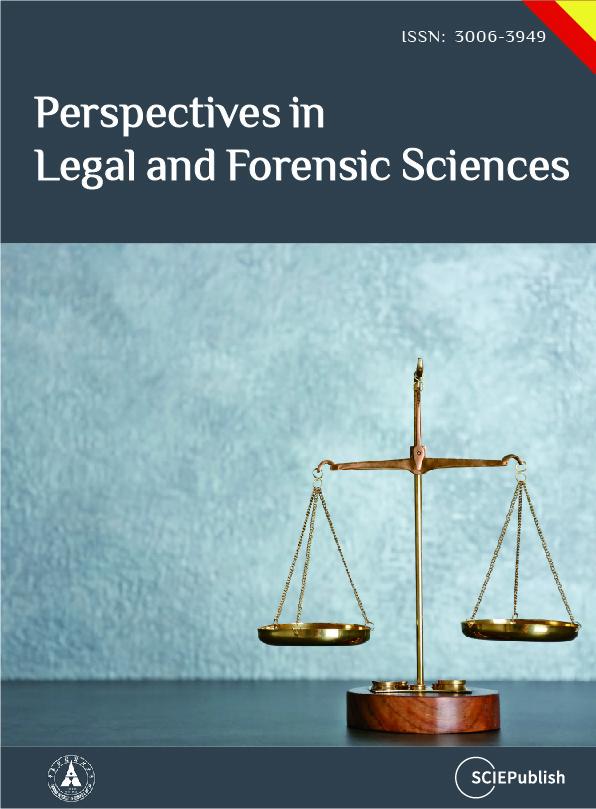
Review
09 December 2024Synthesize and Applications of Biodegradable Plastics as a Solution for Environmental Pollution Due to Non-Biodegradable Plastics, a Review
Biodegradable plastics are a potential sustainable alternative to conventional petrochemical-based non-degradable plastics. Due to their lightweight, flexibility, durability, versatile applications, chemical inertness, electrical and heat insulation, and conductivity, plastics have become an essential material for many industries, with annual production currently exceeding 450 million tons. However, these materials are non-biodegradable, leading to detrimental consequences such as the formation of microplastics from improper disposal and the generation of toxic gases, including furans, dioxins, mercury, and polychlorinated biphenyls, from burning plastic waste. This results in environmental pollution, affecting land, water bodies, and the atmosphere. In response, studies where the focus has been on creating bio-degradable polymers such as polylactic acid, polyhydroxy alkanoates, Polycaprolactone, Poly(butylene adipate-co-terephthalate), and Polybutylene succinate, which were extracted from renewable resources or chemically modified as biodegradable polymers. Biodegradable polymers exhibit a wide range of properties and can now be modified to be used in various applications suitable for substituting some conventional plastic products. Thus, the article highlights the critical issue of environmental pollution caused by non-biodegradable plastics and provides a comprehensive overview of the synthesis processes, properties, novel applications, and challenges associated with the use of biodegradable plastics.
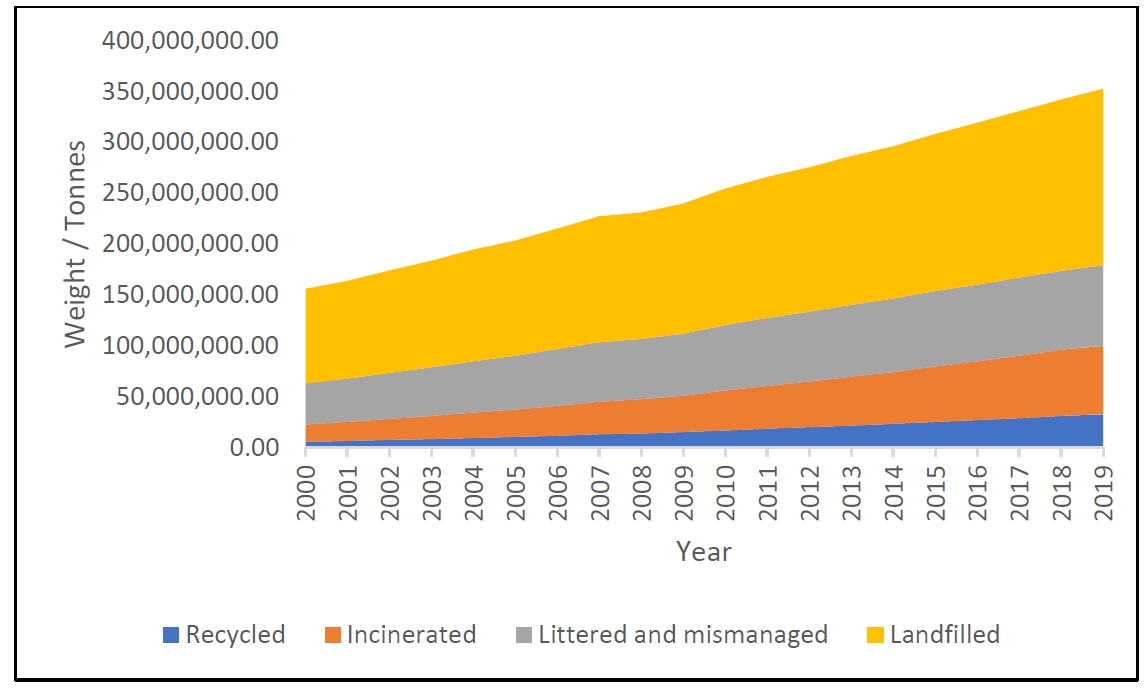
Commentary
05 December 2024Improving Postmortem Dental Profiling: The Integration of Intraoral Scanners in Dental Autopsies
Forensic odontology plays a crucial role in human identification, particularly in cases where traditional identification methods face challenges such as severe trauma, decomposition, skeletonization, or carbonization. The evolution of digital dentistry has significantly advanced dental autopsies, particularly through the use of intraoral scanners (IOSs). These devices provide a non-invasive and efficient method for capturing detailed impressions of dentition and photographic images of teeth. The benefits of intraoral scanning in analyzing human remains in forensic odontology are endless. Digital impressions can be easily stored, shared, and transmitted electronically, eliminating the need for physical storage or transportation of dental models. This technology also enables remote postmortem dental profiling. By combining digital models with antemortem dental records, forensic odontologists can more efficiently identify matches and discrepancies, with the added benefit of future advancements in artificial intelligence(AI). Intraoral scanning should be considered a routine process in all dental autopsies to improve postmortem dental data collection and archive. Forensic odontologists should be equipped with a portable X-ray device, a digital sensor, and an IOS.

Article
28 November 2024A Review of the Energy Policy in Greece in the Last 50 Years and Its Implications for Prosperity
This paper elucidates the development of electricity production and distribution in Greece from the 1950s to date, in correlation with national and European energy policy. During this period, Greece experienced a multifaceted energy transition, including both the transition of ownership of energy generation companies from public to private and a transition from an energy mix in which coal (lignite) served as a major and inexpensive resource to a mix in which wind power, solar power and natural gas gained a primary role, but with high costs for energy generation. The correlation between electrical energy consumption and economic growth is explored in this context, revealing an increase in consumption before the 2009 recession and a decline thereafter. The study investigates the correlation between escalating electricity prices and legislative dependencies that mandated the purchase of wind- and solar-generated electricity at exorbitant rates, the closure of cost-effective lignite units, and the reliance on natural gas—a commodity susceptible to geopolitical shifts. It also shows that, given the structure of the Greek energy mix, the increase in the share of wind and solar energy in the mix is directly related to the increase in the price of electricity. Highlighting the importance of energy costs for prosperity, this paper underscores, through the detailed review of the Greek energy “landscape”, that the major determinants of electricity prices are both the accessibility to natural resources but also their proper and judicious management.

Article
25 November 2024Partial Duration Series of Wet and Dry Years Can Improve Flood Estimates in the Context of a Nonstationary Climate and Anthropogenic Disturbances
Accurately estimating flood levels is essential for effective infrastructure design, reservoir management, and flood risk mapping. Traditional methods for predicting these levels often rely on annual maximum flood (AMF) data, which may not always fit well to statistical models. To improve these estimates, we tested an approach that considers floods in relation to annual climate conditions—specifically, average, wet, and dry years—using daily streamflow data. We examined how well the Log Pearson Type III (LP3) distribution, a commonly used statistical model in flood frequency analysis, estimates flood levels when applied to these customized datasets instead of standard AMF data. Our study included over 70 years of data from 2028 basins across the United States, with drainage areas ranging from small (4.0 km2) to large (50,362 km2). We found that in some regions, LP3 better estimated frequent floods (recurrence interval of 2 to 25 years) when applied to AMF data. However, for less frequent, larger floods (recurrence interval of 50 to 200 years), the LP3 model worked better when applied to datasets representing wet or dry years. This approach could lead to more reliable flood predictions, which would benefit infrastructure planning and flood preparedness efforts.
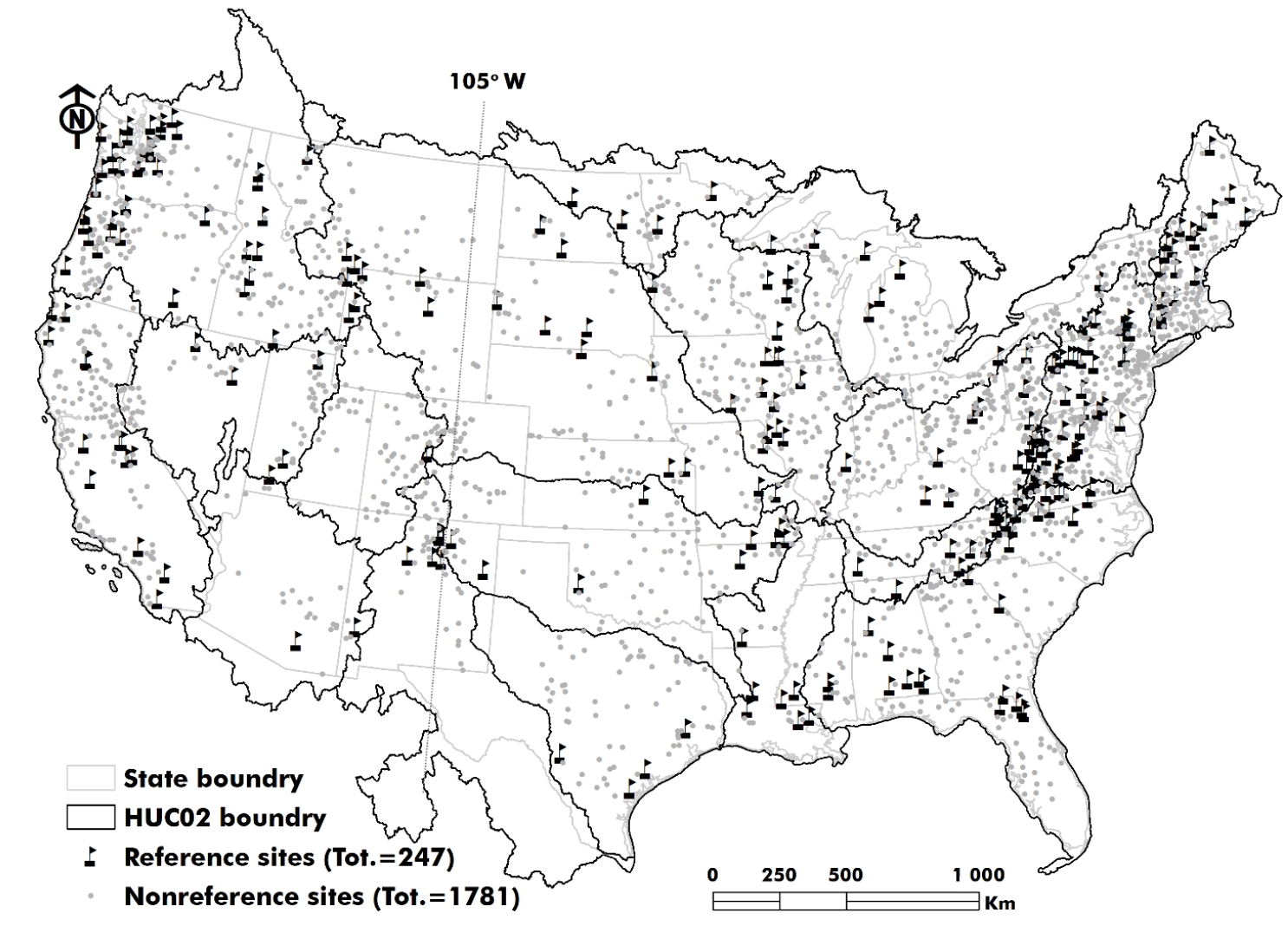
Review
15 November 2024Ion Channels in the Immune Response of Asthma
Asthma is a common respiratory disorder characterized by chronic inflammation of the lower airways, contributing to significant morbidity, mortality, and a substantial global economic burden. It is now understood as a heterogeneous condition, with ongoing research shedding light on its complex immunological underpinnings. Ion channels, which are specialized transmembrane proteins that facilitate ion movement based on electrochemical gradients, play a crucial role in the pathophysiology of asthma. Ion channels regulate essential processes like maintaining epithelial hydroelectrolyte balance and also play a role in modulating immune responses involved in asthma. We discuss the connection between ion channel activity and immune regulation in asthma, focusing on ion channel regulation of immune cell behavior, airway hyperresponsiveness, and inflammation in asthma. Understanding ion channels in asthma could lead to the development of targeted therapies modulating their activity, thereby enhancing disease management and patient outcomes.
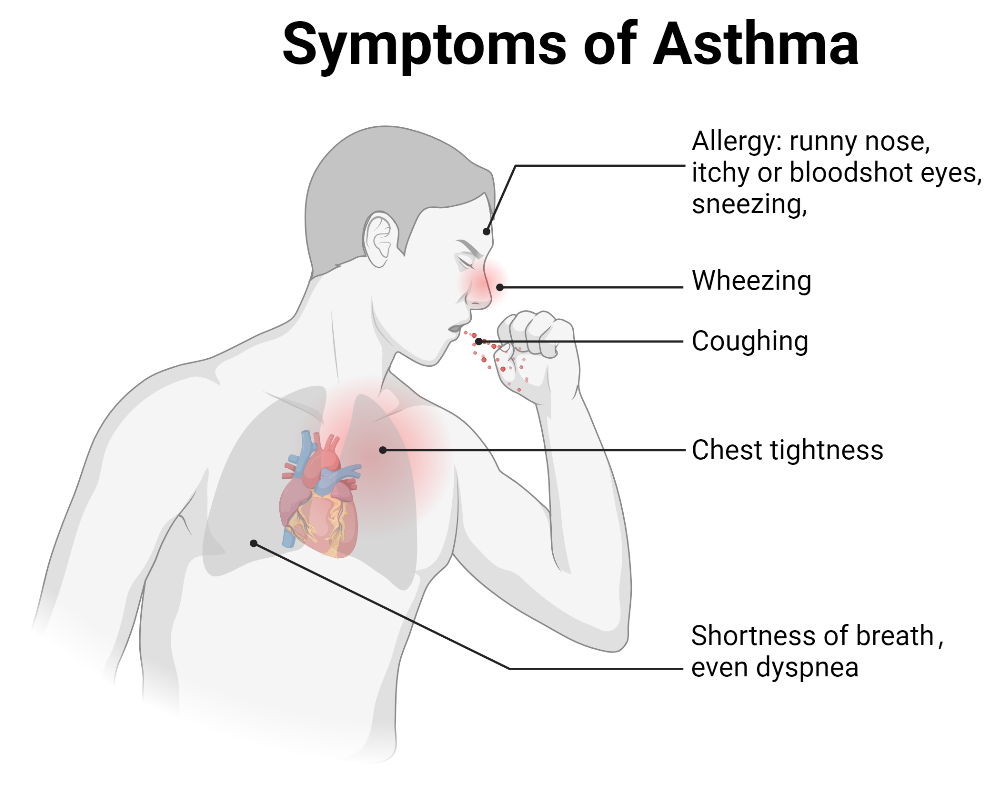
Article
14 November 2024Sortase A-Mediated Enzyme Assembly on Multimeric Protein for Improving Mevalonate Production
Microorganisms have been extensively studied for their production of valuable chemicals. However, conventional gene fusion approaches often lack versatility and can result in enzyme inactivation. This study explored an alternative strategy for inducing metabolic channeling through sortase A-mediated ligation of metabolic enzymes. Sortase A recognizes specific amino acid sequences and selectively conjugates proteins at these sites. We focused on mevalonate production as a proof-of-concept to enhance the yield by assembling metabolic enzymes on a protein scaffold using sortase A. Although metabolic enzyme complexes were successfully formed using streptavidin as a scaffold, production did not improve. The use of CutA as a scaffold led to a 1.32-fold increase in production compared with that of the strain without the scaffold, demonstrating the efficacy of CutA in mevalonate production. These findings suggest that using sortase A to assemble metabolic enzymes onto a scaffold can effectively enhance microbial bioproduction.
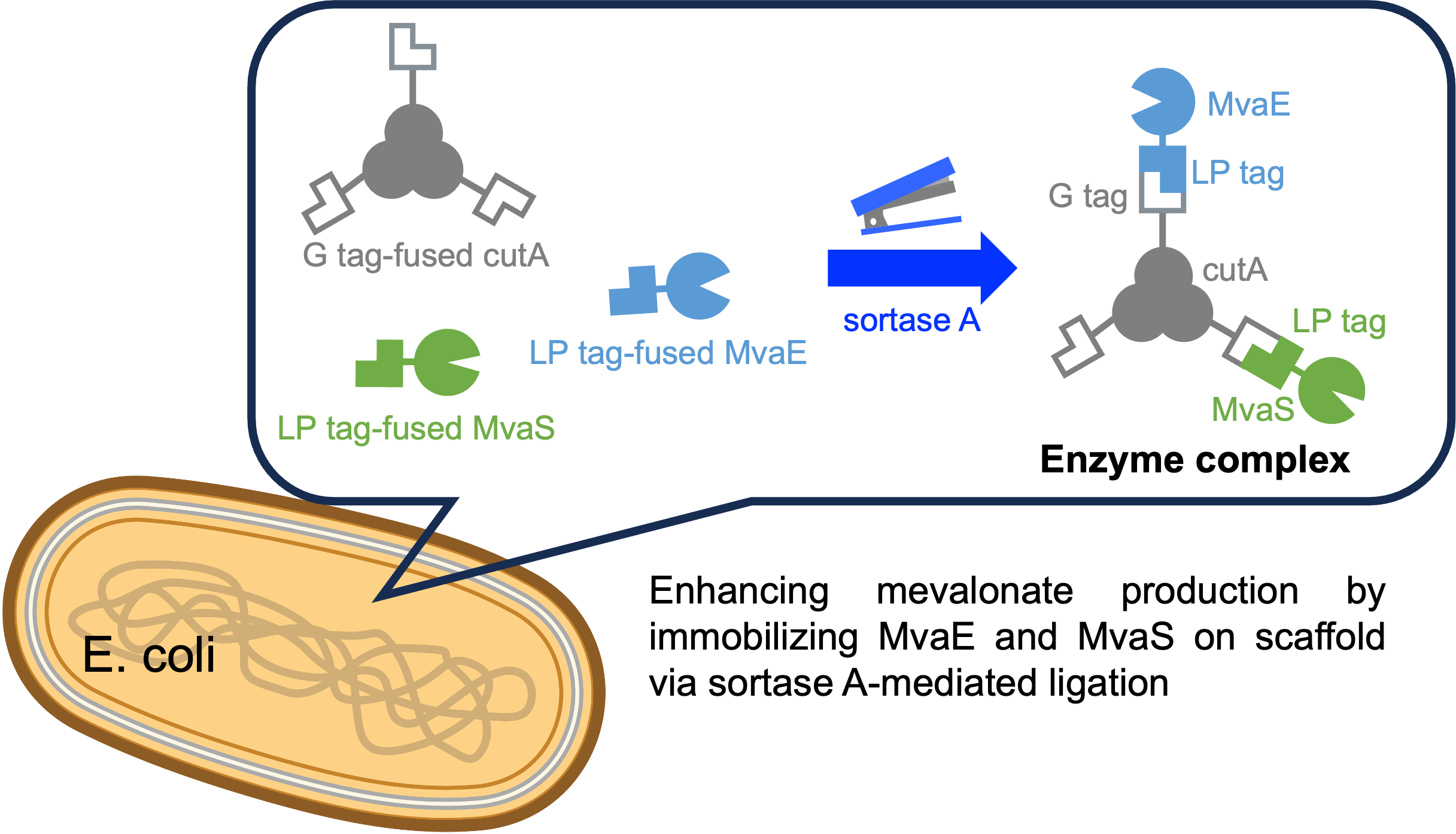
Article
11 November 2024Rural Local Government Institutional Sustainability Programs and Plans in Cascadia: A Comparative Analysis
This research provides a comparative analysis of institutional sustainability programs in small and rural communities across British Columbia, Oregon, and Washington. The study reveals significant regional differences in the adoption of sustainability initiatives, with Oregon consistently leading in the implementation of various programs such as grant writing, conflict resolution, and e-government. The analysis identifies key factors influencing program adoption, including population growth, economic stability, and remoteness. Communities experiencing significant population growth and financial stability are more likely to adopt multiple sustainability programs, while remoteness and economic challenges, such as inflation, act as barriers. The study underscores the importance of regional context and local conditions in shaping the sustainability efforts of rural communities.
